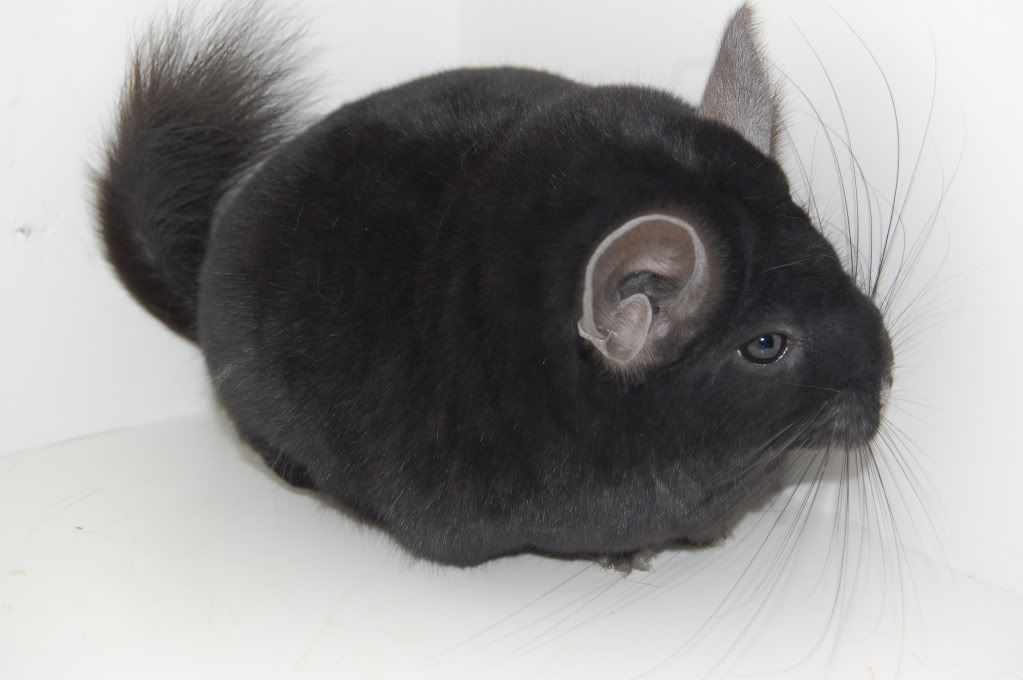1. Is a first place in a mute equal to a first place in a standard? I would think so. If people list anything about the show quality of their animal in the classifieds, it's whether they placed first or second. If a first means the same thing for mutes and standards, it gives a comparison. And if the standards are stronger, you would expect a lot more firsts to be given for standards than mutes meaning a first place in a mute really means something. I have no clue what type of percentages are given first places, but I'd guess that varies by show and perhaps even by judge.
What organization were you doing percentages of to come up with your numbers? The reason I ask is, Empress and MCBA are totally different. There may be a grand show champion mutation at Empress, but it is not put up against the standards. Standards are a completely different, separate, show. The mutations at an Empress show never get into the standard show.
If you're going by MCBA judging, then I suspect what you are seeing at the top of the show table is Ralph Shoots black velvets, which, as Becky pointed out, really are in a different class of mutation. There has been so much work on black velvets that I sometimes wonder why they are even considered mutations anymore.
As far as an animal placing first, yes, there are top mutations. But you need to remember that they are top mutations
within their color class. At a show, the animals are classified by color. So you'll have a color class white, a color class beige, etc. Then all of those animals are placed on one table and judged against each other, which puts them up against the top standards. An ebony is the only, what I consider "true" mutation, to have won MCBA Nationals, and that was an extra dark bred by the Woods. That animal was outstanding and it took all of Shoots top animals, which let me tell you, does not often happen.
At smaller shows, yes, everybody knows they judge differently. I doubt a first place animal at a field day would hold it's own against a first place Nationals animal, even more so when you get to the grand and reserve show animals. The animals at the national level are just out of this world. Every breeder brings the very best of the best to nationals.
2. And does a first place at a sanctioned show mean the same as a first place at a field day?
No. I don't think anybody will argue the point that field days are easier. It's to bring people in, to get their feet wet. It's a much more relaxed atmosphere and it's meant to be. It's supposed to be a fun day to get everybody comfortable with showing and knowing what to look for in an animal so that they can better their breeding.
3. Is a first place on the west coast equal to a first place on the east coast or anywhere in between?
That's going to depend on the judge, how the animal looked the day it was shown, etc. You can feasibly take the exact same animal and show it at an Empress show and an MCBA show, even on the same day, and it would get totally different marks. Sometimes, a judges personal preferences count heavily into who wins.
4. Is first place at an MCBA show equal to a first place at an Empress show?
Again, that depends on the judge and the animal being shown. I think on the nationals level, a top standard is a top standard. Mutation wise, and I may be wrong it's just the impression I get, at Empress they are like the ugly step sisters, hence the reason for grading them separately. Standards are held in the highest regard pelt wise, and the rest are just along for the ride. MCBA puts all of them together, which most people agree is an excellent idea, because it really lets you know how the mutations are doing up against the backbone of the chinchilla breeding industry - the standards.




